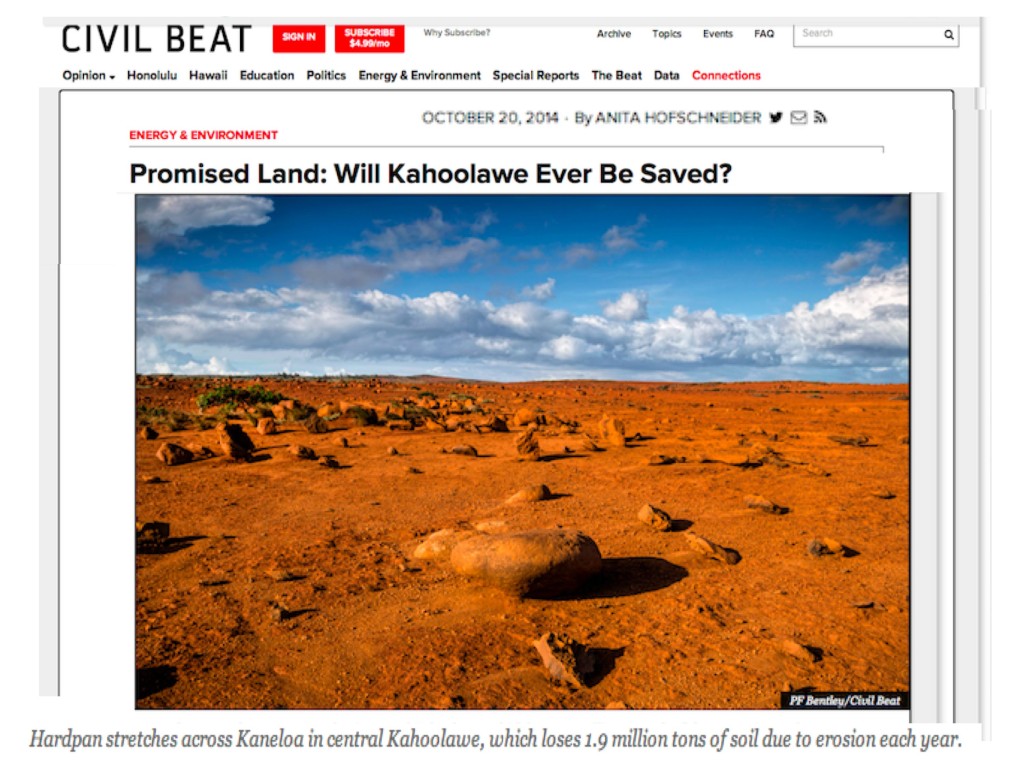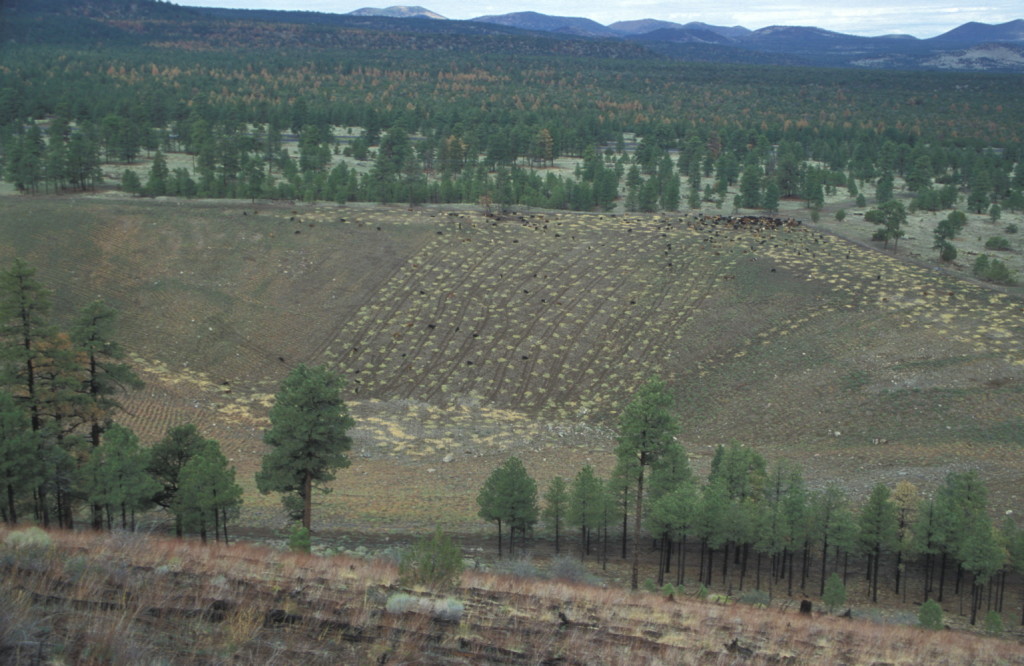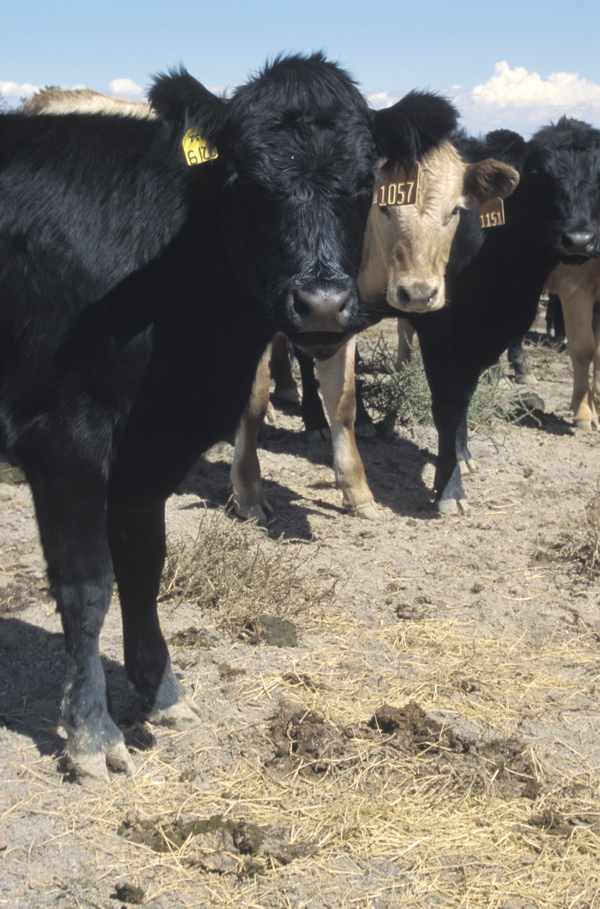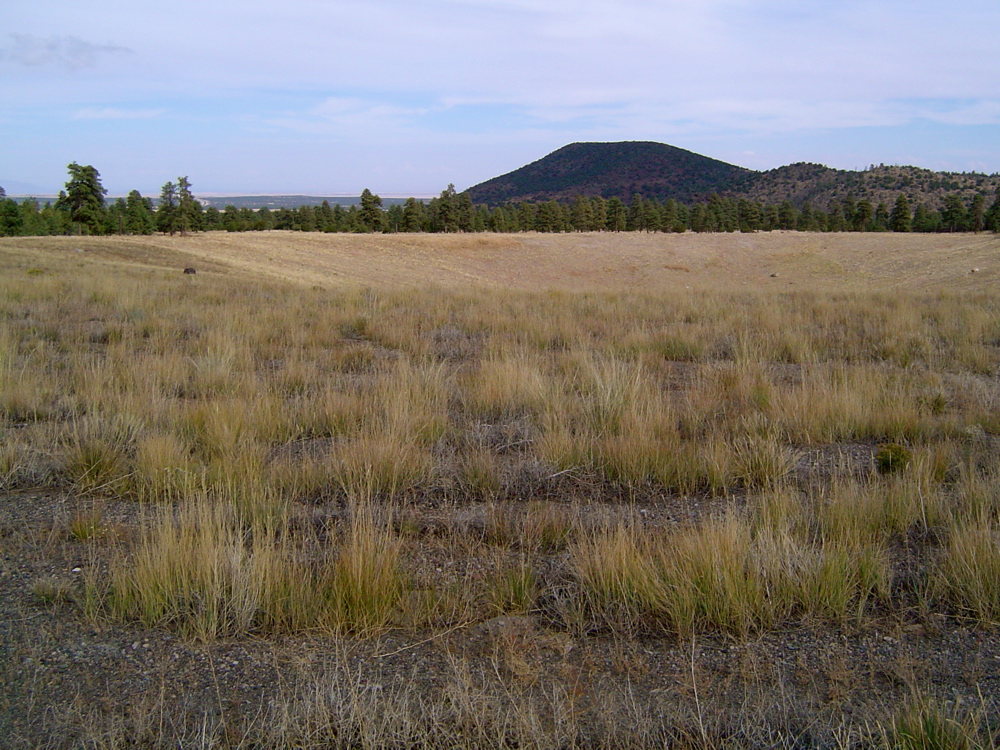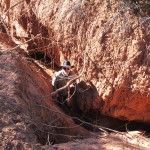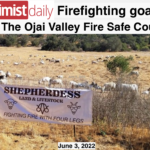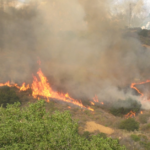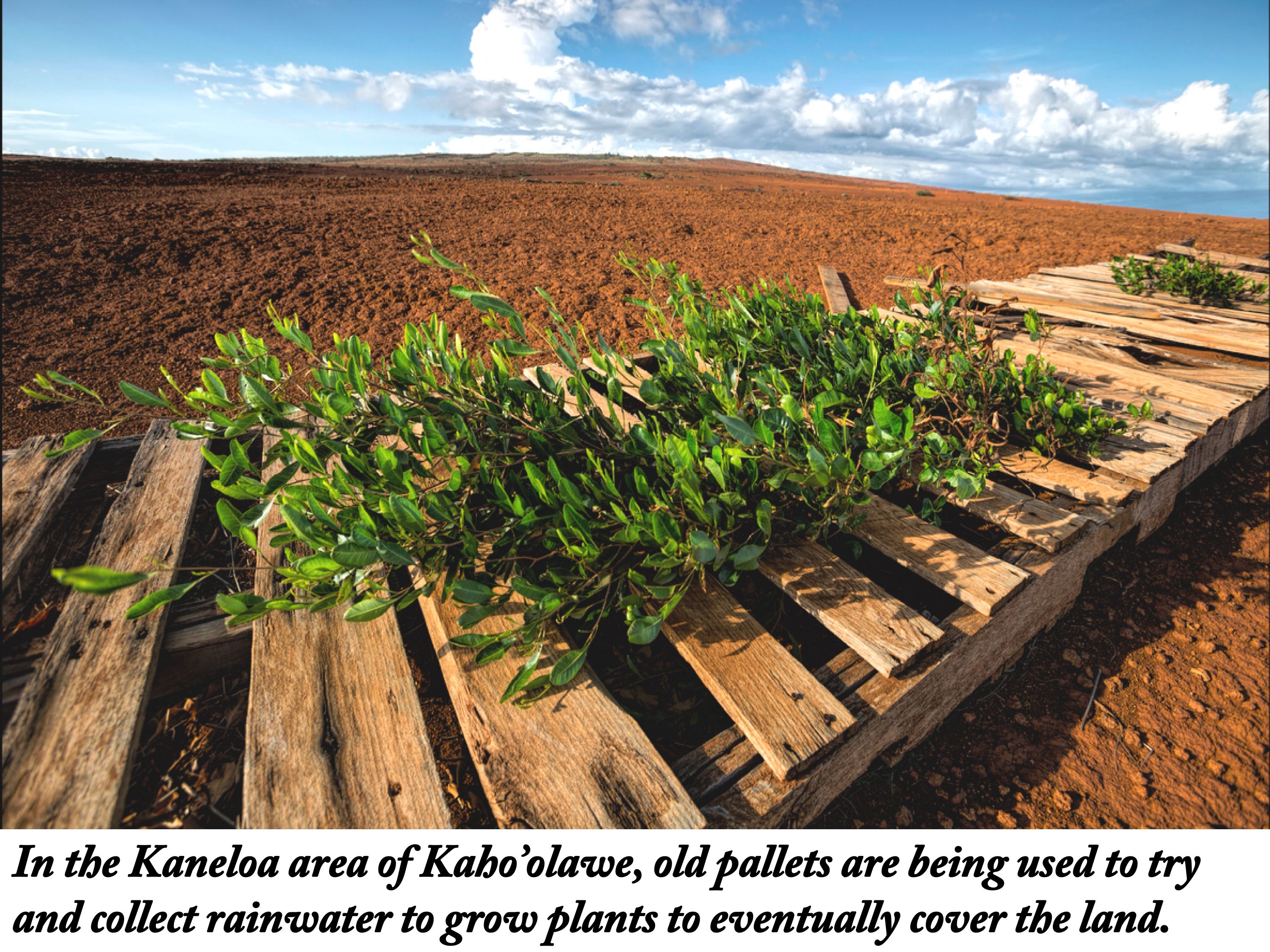
I don’t remember how I talked them into it, but about ten years ago a couple of government and non-government agencies helicoptered me to a remote island named Kaho’olawe off the coast of Maui, Hawaii, which for 70+ years had been used as a bombing and shelling target by the U. S. military for training exercises. So much of the island has become so barren I’ve compared photos of it to Mars in my presentations. Also, there remains a considerable amount of unexploded bombs and shells among the barren-ness. I was flown to the island because I had communicated to the U. S. Natural Resources Conservation Service (formerly the Soil Conservation Service) that I was familiar with an ecological restoration method that could re-vegetate Kaho’olawe’s barren, bombed-out expanse to a condition appropriate for its intended future — restoration to the sovereign ownership of the native Hawaiian people. At the time the agencies and NGOs involved were in the initial stages of undertaking that project.
To make a long story short, we visited the island, I took a look at the challenge and some of the attempts made to deal with them, and returned home in Arizona to enlist the help of a man accomplished in the technique of using animals — cattle, sheep, goats — to transform huge toxic piles of mine tailings and other devastated areas into green and growing ecosystems. He put together a proposal to revegetate the island. We submitted it, and they turned it down.
Recently, a related topic came up in a conversation that inspired me to google ”Kaho’olawe restoration” 12 years after my visit to see how well the project had worked out. The story and photos I encountered were so mind-blowing I had to share them.
The best way to tell you what I discovered is to show you. What follows was taken from Google ”hits,” mostly from a series of articles published in a Hawaiian news source — ”Honolulu Civil Beat.” I’ve condensed the most relevant quotes to make my re-report much shorter, but I’ve provided the URLs so you can visit the posts on your own and read the whole story. Most importantly, I’ve included two of the main photos from those articles. Wait till you see them…
The first article, dated October 20, 2014 by Anita Hofschneider, says the project is in trouble for a number of reasons.
”(T)he Navy left unfinished its task of removing unexploded ordnance, the state agency’s trust fund for restoration work is running out of money. By next July, KIRC (Kaho’olawe Island Reserve Commission) will only have $1.2 million left, less than half of its current annual budget.
A scathing audit last year criticized the agency for spending $51 million but only completing 13 percent of its restoration project. The audit also drew attention to the fact that KIRC doesn’t know how much it will cost to completely restore Kahoolawe or how much time it will take.” (You can say that again.)
Scrolling down the page I ran into the photo at the top of this post which was used to illustrate what the government has achieved with its $51 million. This photo also served as the headliner for a second ”Honolulu Civil Beat” article by Hofschneider dated: May 28, 2015. I’ve included that headline, photo, and caption below.
$51 Million!! And this is what they show for it?!!
If you think that’s outrageous, a short distance down the ”Google” page I found this item:
US Military Should Spend $1 Billion to Restore Kahoolawe – Civil Beatwww.civilbeat.com/…/scientists-say-u-s-military-should-spend-1-billion-to- restore-kahoolawe/”Ž”¨Jul 19, 2015 …
That recommendation, according to Hofschneider dated: May 28, 2015, was made by ”Over 500 scientists from the Association of Tropical Biology and Conservation in Honolulu (who) signed a declaration calling for ”the full remediation and biocultural restoration of the island… urging the U.S. military to spend $1 billion to remove unexploded ordnance on Kahoolawe and restore its environment.”
$1 billion! That’s a lot of pallets!
Now that you’ve seen all that, I couldn’t resist adding a few photos of what the method I proposed to KIRC and the NRCS has achieved against conditions arguably as difficult.
First of all here is the result of using the same methods I proposed to KIRC and the NRCS around 7 miles away on Maui on the Ulupalakua Ranch. (That’s Kaho’olawe in the distance.)
Next, here’s how we have done it in Arizona, on an area damaged by mining…
First, we spread seeds and hay. (These can be spread by airplane.)
Then we add cows to till in the seeds and mulch. (Click on the photo you’ll see the cows.)
Below… Cows at work.
Results… all native grasses.
Cost measured in thousands of dollars rather than $millions or billions.

